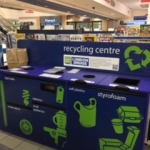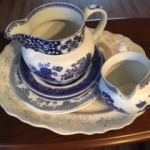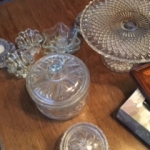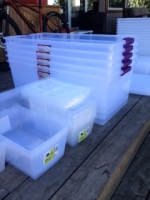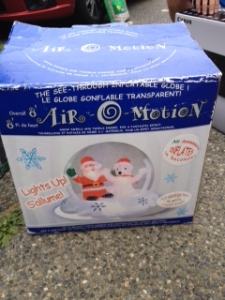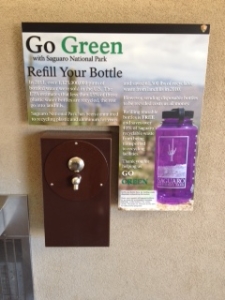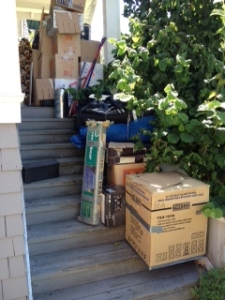Are You In The Process of Moving? This Handy Checklist Will Help!
Are you in the process of moving? This handy checklist will make things so much easier and stress free.
Moving List (angelarob) by: Realtor Rob Allegrini and check out this short video on using A Moving Checklist
Stay safe, calm and healthy.
To your success Rowena
Specializing in Stress Free Moves.

